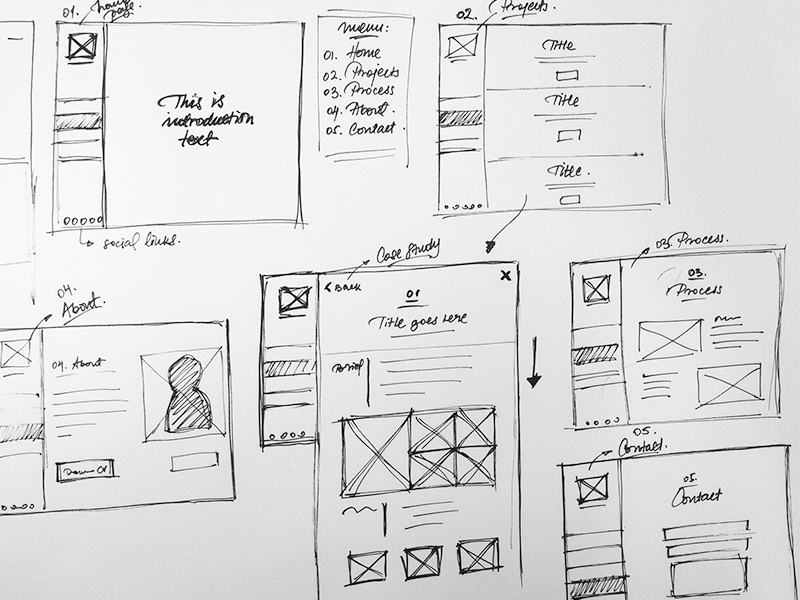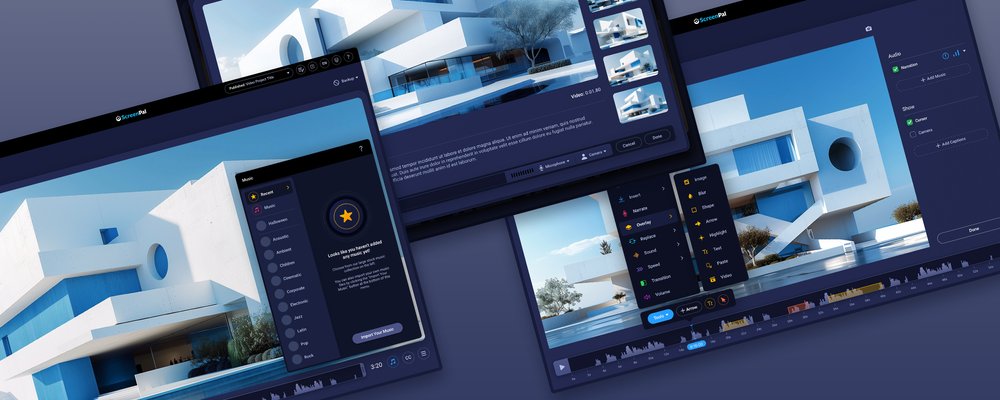Building a professional portfolio website is a key step in crafting a personal brand that resonates with clients, collaborators, and industry peers. As an IT professional with a focus on AI and business insights, my site needs to not only display my work but also reflect my expertise in both technology and design.
1. Simple, Yet Impactful Layout
The layout of my portfolio was designed to be intuitive and direct, allowing visitors to focus on my work and my offerings without distraction. I chose a clean and minimalistic design with a straightforward navigation menu, ensuring that visitors can easily explore my professional experience, services, and blog posts. This design choice is rooted in my belief that simplicity breeds clarity—both for the user and for me as a business owner.
2. Mobile-First Design
With the increasing use of mobile devices for browsing, I prioritized a mobile-first design approach. This means my website automatically adapts to different screen sizes and ensures a seamless experience across devices, whether it’s a desktop, tablet, or smartphone. I wanted to ensure that my portfolio is accessible to a wider audience, offering a smooth and engaging user experience no matter the platform.
3. Visual Aesthetics That Reflect My Brand
When selecting colors and fonts for my portfolio, I was mindful of the message I wanted to convey. I opted for a professional yet approachable color palette, using neutral tones with accent colors that pop. This design choice reflects my brand’s personality—grounded in expertise but open to innovation. Typography was chosen carefully to maintain readability while adding a touch of modern sophistication.
4. User Experience at the Forefront
User experience (UX) was at the core of my website design. I wanted visitors to feel welcomed and engaged from the moment they land on my homepage. The user journey was considered from start to finish: from loading speeds to seamless transitions between pages, everything was designed with ease of use in mind. I also integrated clear calls to action to guide visitors toward important areas of my site, such as my contact page and portfolio examples.
5. Showcasing My Work
The heart of my portfolio website is, of course, my work. I included a dynamic portfolio section that highlights my professional achievements, AI projects, and consulting experiences. Each project has its own page, complete with images, descriptions, and case studies, allowing visitors to fully explore what I bring to the table.
6. The Blog as a Thought Leadership Tool
Another important feature of my site is the blog. The blog serves as a platform for sharing insights on AI, business strategies, and digital marketing. As I work on positioning myself as an authority on AI Ethics, the blog will be regularly updated with valuable content to drive traffic and engage with my audience. It’s also a way to connect with like-minded professionals and demonstrate my ongoing commitment to learning and innovation.
Share this:
- Click to share on Facebook (Opens in new window) Facebook
- Click to share on X (Opens in new window) X
- Click to share on LinkedIn (Opens in new window) LinkedIn
- Click to share on Reddit (Opens in new window) Reddit
- Click to share on Pinterest (Opens in new window) Pinterest
- Click to share on Pocket (Opens in new window) Pocket
- Click to share on WhatsApp (Opens in new window) WhatsApp
- Click to email a link to a friend (Opens in new window) Email



